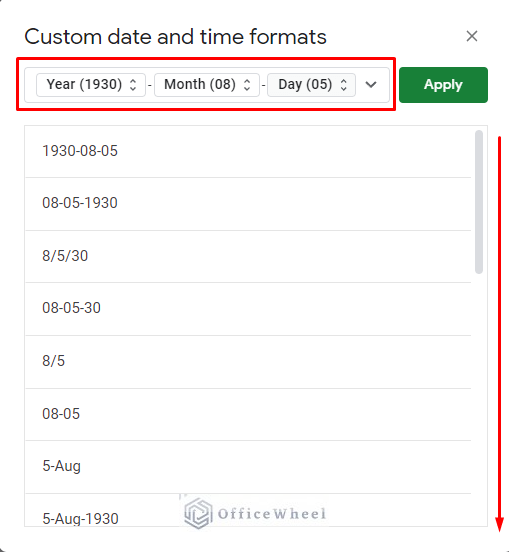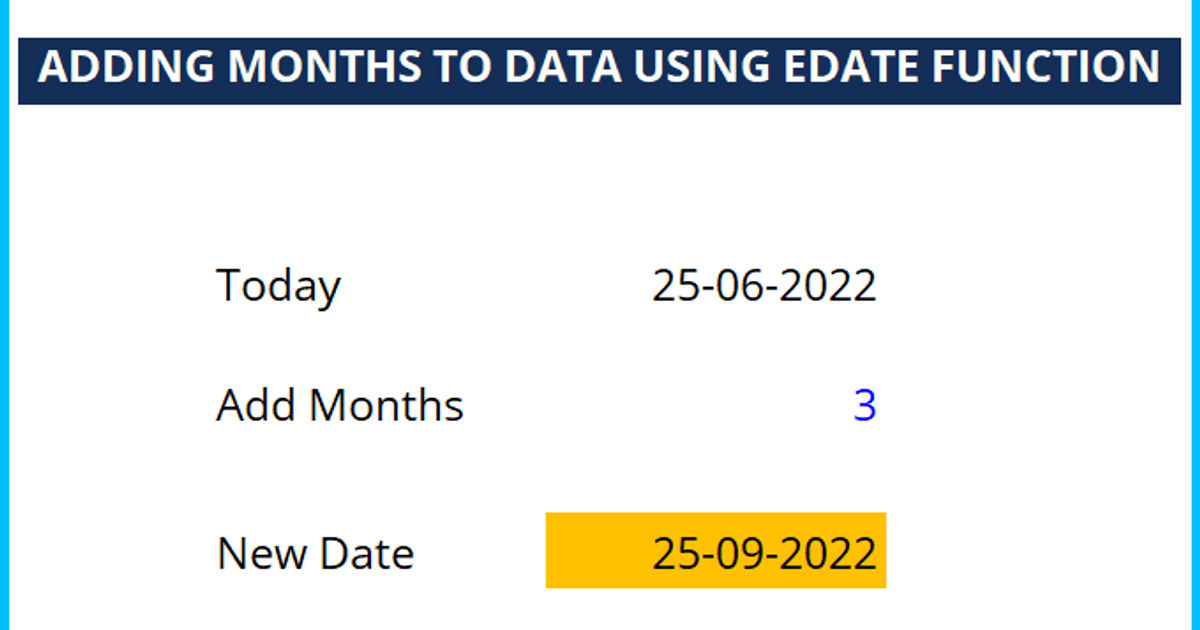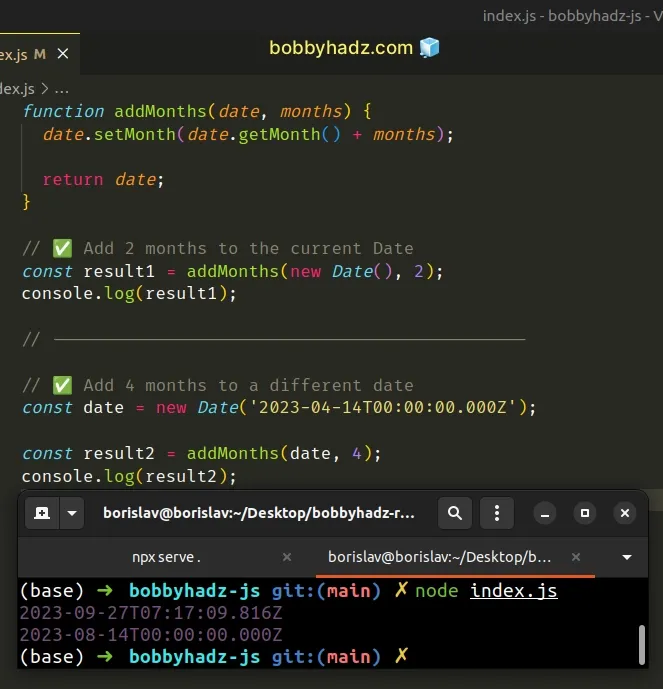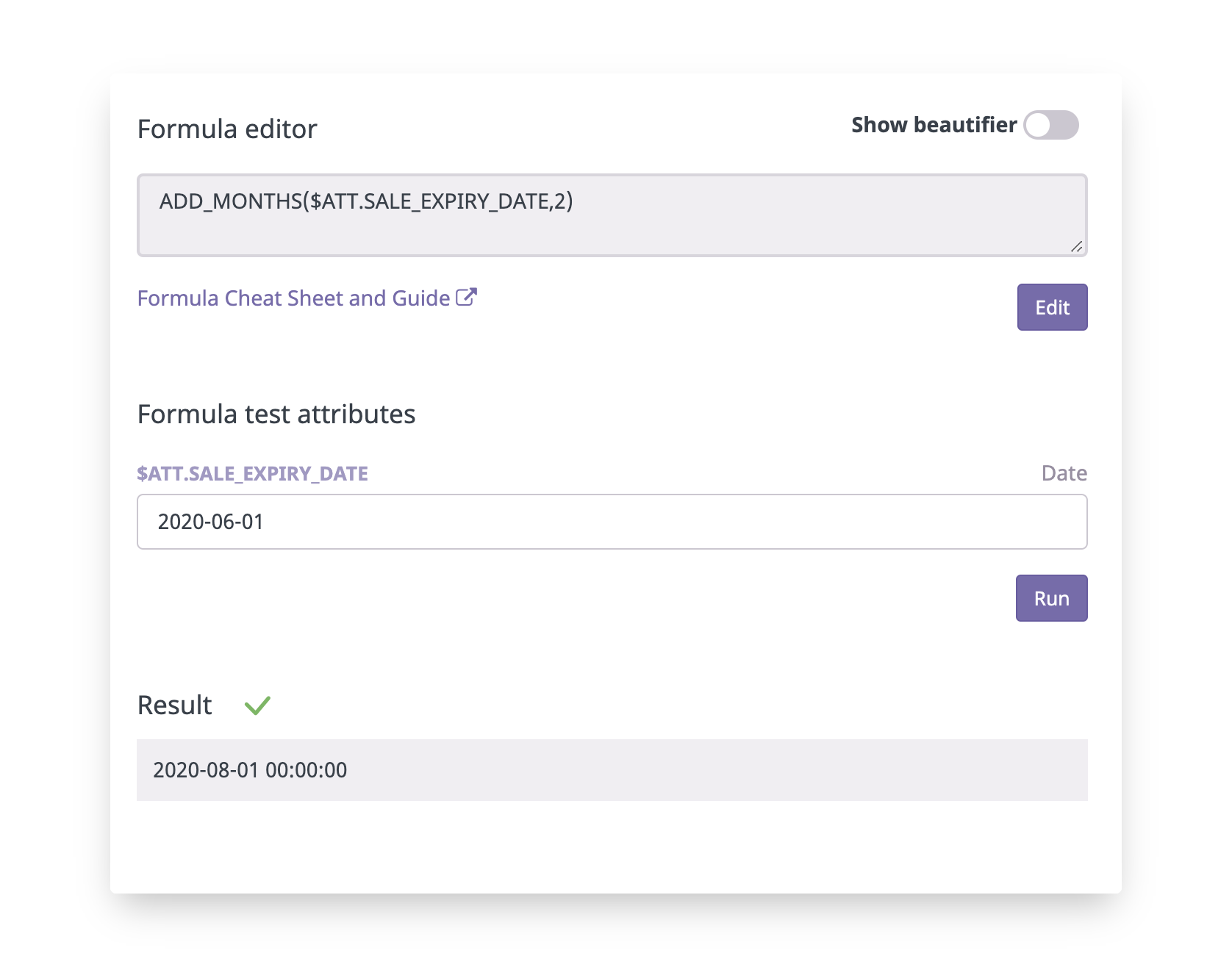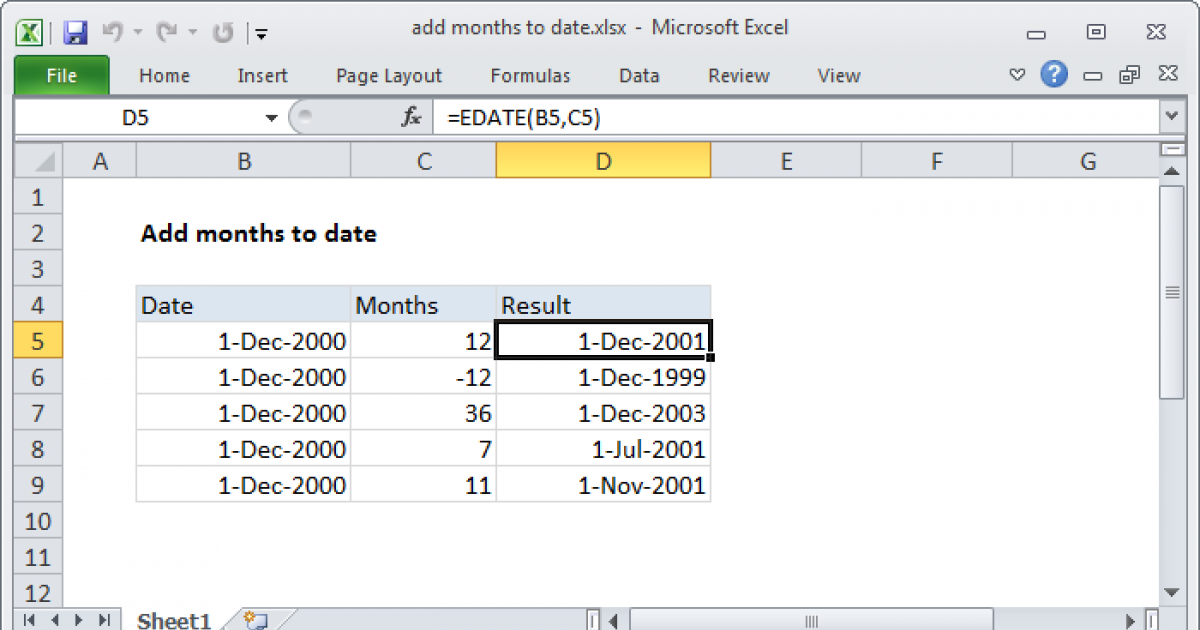How To Add Months To A Date In Access
How To Add Months To A Date In Access - The dateadd() function adds a time/date interval to a date and then returns the date. Dateadd (m,numberofmonths,yourdate) as a general. The most obvious solution is to use the dateadd function. The dateadd() function in ms access is used to add or subtract a specified time interval (like days, months, years, hours, etc.) from a given. Use dateadd and other functions to add or subtract intervals of time from date values. Start by using the dateadd function to add m months, to get your expiry date. First find the future month to check, then calculate the. The dateadd() function increments a date by a specified number of time units, such as a day, a month, or a year and then returns the.
The most obvious solution is to use the dateadd function. The dateadd() function in ms access is used to add or subtract a specified time interval (like days, months, years, hours, etc.) from a given. The dateadd() function increments a date by a specified number of time units, such as a day, a month, or a year and then returns the. The dateadd() function adds a time/date interval to a date and then returns the date. Dateadd (m,numberofmonths,yourdate) as a general. Use dateadd and other functions to add or subtract intervals of time from date values. First find the future month to check, then calculate the. Start by using the dateadd function to add m months, to get your expiry date.
Start by using the dateadd function to add m months, to get your expiry date. The most obvious solution is to use the dateadd function. Use dateadd and other functions to add or subtract intervals of time from date values. The dateadd() function in ms access is used to add or subtract a specified time interval (like days, months, years, hours, etc.) from a given. The dateadd() function increments a date by a specified number of time units, such as a day, a month, or a year and then returns the. First find the future month to check, then calculate the. The dateadd() function adds a time/date interval to a date and then returns the date. Dateadd (m,numberofmonths,yourdate) as a general.
How to Add Months to a Date in Excel (In 3 Easy Ways)
The most obvious solution is to use the dateadd function. First find the future month to check, then calculate the. The dateadd() function in ms access is used to add or subtract a specified time interval (like days, months, years, hours, etc.) from a given. Dateadd (m,numberofmonths,yourdate) as a general. Use dateadd and other functions to add or subtract intervals.
Add Months to Date in Excel [Most Effortless Guide 2024]
The dateadd() function increments a date by a specified number of time units, such as a day, a month, or a year and then returns the. The dateadd() function adds a time/date interval to a date and then returns the date. The most obvious solution is to use the dateadd function. First find the future month to check, then calculate.
How to Add Months to a Date in Google Sheets (2 Easy Ways) OfficeWheel
Dateadd (m,numberofmonths,yourdate) as a general. First find the future month to check, then calculate the. The dateadd() function increments a date by a specified number of time units, such as a day, a month, or a year and then returns the. Use dateadd and other functions to add or subtract intervals of time from date values. Start by using the.
Add Months to Date Template Easily Calculate Date Changes
The dateadd() function adds a time/date interval to a date and then returns the date. Dateadd (m,numberofmonths,yourdate) as a general. The dateadd() function increments a date by a specified number of time units, such as a day, a month, or a year and then returns the. Start by using the dateadd function to add m months, to get your expiry.
How to Add Months to a Date in JavaScript bobbyhadz
Use dateadd and other functions to add or subtract intervals of time from date values. The dateadd() function adds a time/date interval to a date and then returns the date. The dateadd() function increments a date by a specified number of time units, such as a day, a month, or a year and then returns the. First find the future.
Excel Add Months to Date How to Do It Easily
First find the future month to check, then calculate the. The most obvious solution is to use the dateadd function. The dateadd() function adds a time/date interval to a date and then returns the date. Start by using the dateadd function to add m months, to get your expiry date. The dateadd() function in ms access is used to add.
ADD_MONTHS Operation
The dateadd() function adds a time/date interval to a date and then returns the date. Use dateadd and other functions to add or subtract intervals of time from date values. Dateadd (m,numberofmonths,yourdate) as a general. First find the future month to check, then calculate the. The dateadd() function increments a date by a specified number of time units, such as.
Add months to date Excel formula Exceljet
First find the future month to check, then calculate the. Dateadd (m,numberofmonths,yourdate) as a general. The dateadd() function adds a time/date interval to a date and then returns the date. Use dateadd and other functions to add or subtract intervals of time from date values. Start by using the dateadd function to add m months, to get your expiry date.
How to Add Months to a Date in MS Excel? QuickExcel
Start by using the dateadd function to add m months, to get your expiry date. The dateadd() function increments a date by a specified number of time units, such as a day, a month, or a year and then returns the. Dateadd (m,numberofmonths,yourdate) as a general. Use dateadd and other functions to add or subtract intervals of time from date.
How to Add Months to Date in Excel (With Examples)
Dateadd (m,numberofmonths,yourdate) as a general. The dateadd() function increments a date by a specified number of time units, such as a day, a month, or a year and then returns the. The dateadd() function adds a time/date interval to a date and then returns the date. Use dateadd and other functions to add or subtract intervals of time from date.
Use Dateadd And Other Functions To Add Or Subtract Intervals Of Time From Date Values.
The dateadd() function increments a date by a specified number of time units, such as a day, a month, or a year and then returns the. The dateadd() function adds a time/date interval to a date and then returns the date. Dateadd (m,numberofmonths,yourdate) as a general. Start by using the dateadd function to add m months, to get your expiry date.
The Dateadd() Function In Ms Access Is Used To Add Or Subtract A Specified Time Interval (Like Days, Months, Years, Hours, Etc.) From A Given.
First find the future month to check, then calculate the. The most obvious solution is to use the dateadd function.

![Add Months to Date in Excel [Most Effortless Guide 2024]](https://10pcg.com/wp-content/uploads/excel-add-month.jpg)
